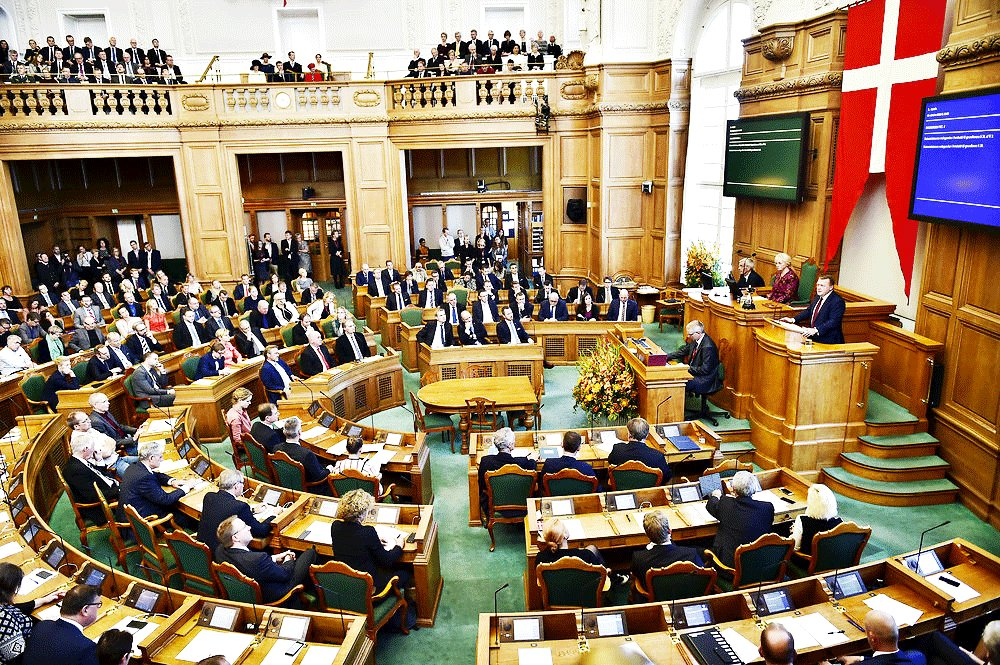The Return of the Raven: This Month’s Developments in Contemporary Nordic Geopolitics
A Monthly Report from the Nordics – 17th May 2025
By Jake Southerland
The Special Triangle: Norway’s PM Støre Visits President Trump in Washington
På Norsk: Det Spesielle Triangelet: Statsminister Støre Besøker President Trump i Washington
Recently, Norwegian Prime Minister Jonas Gahr Støre and his finance minister and former NATO Secretary General Jens Stoltenberg wrapped up a visit to the US, a land like the UK that has a historical connection to Norway, where many, including myself, can trace their Nordic ancestry to the days of the Danelaw which dominated Anglo-Saxon English society for centuries.
The Norwegian Prime Minister’s visit to Washington reflects the special triangle between the US, UK, and Norway. Since the end of WWII, Norway has heavily relied on the US military for defense and capacity-building, as seen in Oslo’s recent procurement of F-35 fighter jets and order of American air-defense missile systems (Defence Industry Europe 2025; Reuters 2025). Similarly, the Norwegians invest significantly in British military technology, the most recent development being ongoing discussions for Oslo to order British-made helicopters (The Telegraph 2025). However, Anglo-Norwegian relations go even further back. The UK was one of Norway’s most prominent supporters during the 1814 push for independence, instigated by the power vacuum that appeared during the transition of Norway from Danish to Swedish control (Revaldsen 2014). While the last meeting between the Norwegian and British Prime Ministers occurred recently in Bergen last December, Norway’s hosting of the JEF’s Leaders’ Summit in Oslo will allow a chance for the UK and Norway to continue strengthening their historic relationship.
Northern Europe Unites: Finland’s President Meets with Fellow JEF Leaders at Summit in Oslo
Suomeksi: Pohjois-Eurooppa yhdistyy: Suomen presidentti tapaa JEF johtajat Oslon huippukokouksessa.
A few days ago, Finnish President Alexander Stubb wrapped up his two-day visit to Oslo as part of the Joint Expeditionary Force (JEF) Leaders Summit on 8-9 May hosted by Norway’s Prime Minister, Jonas Gahr Støre (Office of the President of the Republic of Finland). In case you’re unfamiliar with the JEF, it is a British-led multilateral defense initiative to cultivate collaborative military capabilities and to deter crises in joint-response teams mostly in the Baltic and Arctic theaters. An example of this push for military cooperation was seen in Lithuania and the JEF’s Nordic members’ joint procurement of CV90 combat vehicles (France 24). This month’s meeting comprising of the force’s members (Finland, Iceland, Lithuania, the Netherlands, Norway, Sweden Denmark, Estonia, and the UK) are coming together to discuss a vast range of topics, including support to Ukraine, the growing security situation in Europe, and the need to emphasis further JEF cooperation in in the Arctic and Baltic regions (JEF Website).

For the UK, having the reins of the JEF conveys Britain’s interests as a ‘near Arctic state’ (UK Gov 2023). It signals that Westminster recognizes the importance of the Arctic and Baltic regions to Russia’s interests and that the development of JEF deterrence against potential hybrid threats from Moscow is evident. The UK’s willingness to ensure the well-being in not only our Nordic and Baltic allies, but in Europe as a whole is further seen in 10 Downing Street’s recent announcement that Prime Minister Starmer will impose Britain’s most extensive sanctions package on Russia’s well-known shadow fleet, which they utilize to exploit stolen Ukrainian grain from the occupied territories. However, the unbreakable cohesion between the UK and its fellow JEF members continues to be expressed, ensuring Britain’s continued guarantee of the safety and security of Northern Europe for decades to come.
An Overview of Denmark’s Upcoming Elections Next Year
På Dansk: Et Overblik over Danmarks Kommende Valg ved Årets Udgang
While the last two dispatches were focused on military affairs, this last installment will switch to the ones that determine orders: the Prime Minister and Parliament. The next Nordic elections will be held in Norway in September 2025, the results will significantly determine Norway’s special relationship with NATO. I have written an overview of these elections that will be published by Euro Prospects within the next few days; I encourage you to explore that article once you’re done here. However, Norway’s neighbor, Denmark will be heading to the polls in October 2026, to elect a new electoral configuration in their parliament, the Folketing. Currently, the governing coalition consists of Prime Minister’s Mette Frederiksen’s party, the Social Democrats, Venstre (Left Party), and the Moderates. Within parliament, the Social Democrats hold a sizable majority with 50 seats out of 179 seats. Additionally, current polling seems to indicate that the Social Democrats (23%) will continue to hold their majority within the Folketing. The other coalition parties, Venstre and the Moderates, are polling approximately 9% and 4% respectively. Meaning that Frederiksen’s next coalition will likely have to consist of the Greens and the Liberal Alliance, who are neck and neck at 14% and 13% (POLITICO)

Nevertheless, under the leadership of Mette Frederiksen, Denmark has been one of Ukraine’s most vocal supporters, a relationship that I extensively studied and wrote about in my MA thesis. Despite what happens in November, Ukraine will not have to worry about a Danish withdrawal of support, as the Social Democrats hold a 10% lead in the polls. While electoral miracles can occur, as seen in Canada with Labour’s comeback from a roughly 21% Conservative lead, a 10% margin is fairly hard to lose, especially for the Social Democrats who have led the majority of Danish governments since the end of the Second World War (The Workers Museum).
